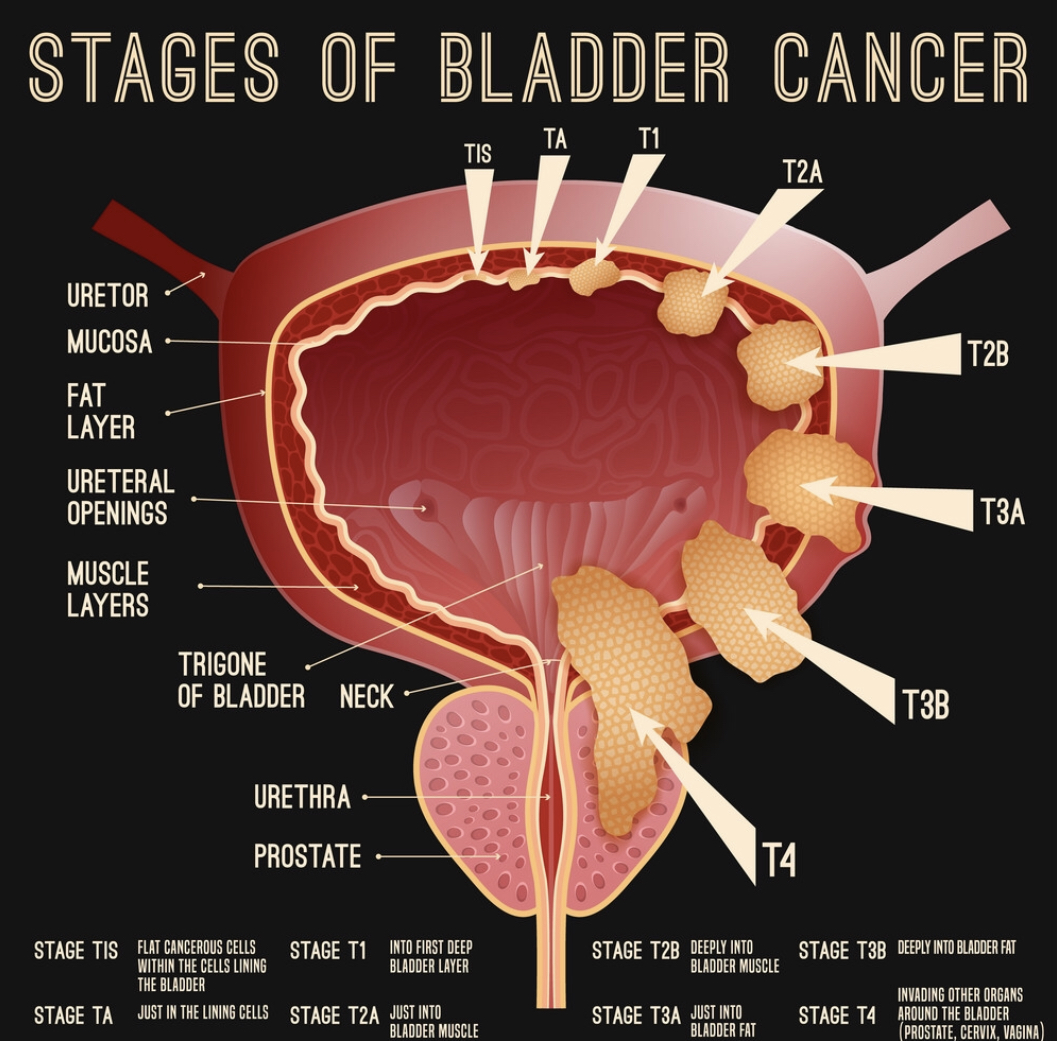The bladder an organ, located in the pelvis, is part of the urinary system that stores urine. Bladder cancer is an uncontrollable growth of normal cells in the lining of the bladder.
Bladder cancer is also one of the most common form of cancer. It is more common in men in comparison to women. According to research, the prevalence of bladder cancer in Africa was 7.0. for over 100,000 male population. On the other hand, this incidence is 1.8 for 100,000 women. Based on this research, we can conclude that bladder cancer is growing rapidly in the region.
Types of Bladder cancer
Experts classify bladder cancer based on how the cells appear under a microscope. The type of bladder cancer decides the treatment strategy. Some of the bladder cancers respond to radiation. On the other hand, some may respond to chemotherapy. Some of the common types of bladder cancers are
Transitional cell carcinoma
Transitional cell carcinoma also called urothelial cancer, is one of the common types of bladder cancer. It starts from the inner layer of the bladder. This type of cancer involves transitional cells. These types of cells can change their shape. This alteration does not damage the cells even when the tissues expand.
Squamous cell bladder cancer
Squamous cell carcinoma is a rare type of bladder cancer. It involves squamous cells. These cells are thin and flat in shape. This type of cancer infection is more common in areas where a parasitic infection (schistosomiasis) is the common cause of bladder infections.
Adenocarcinoma
This is also another rare type of cancer. It starts in the mucus producing cells that line the bladder and is usually invasive.
However, there are some bladder cancers that involve more than one cell type.


